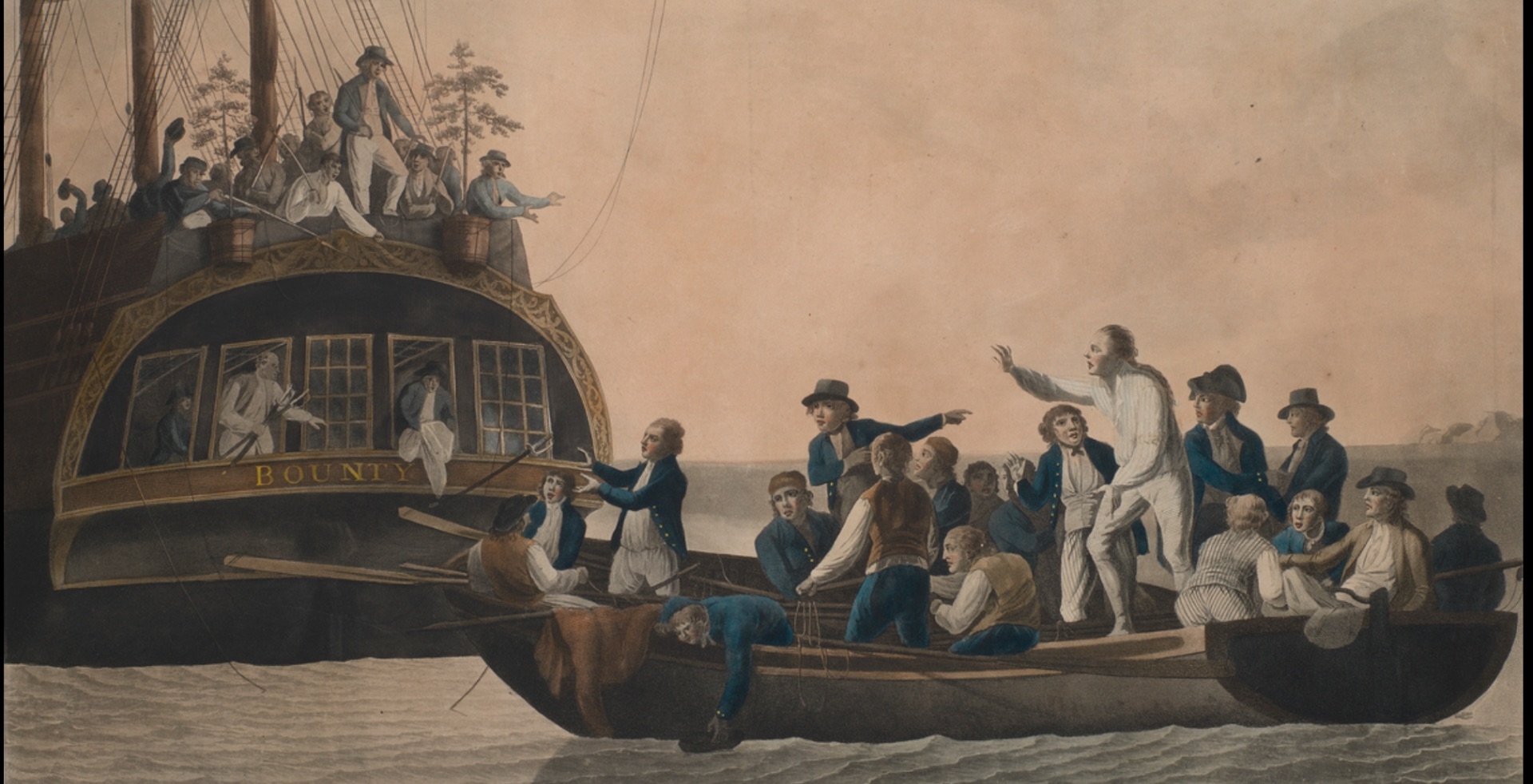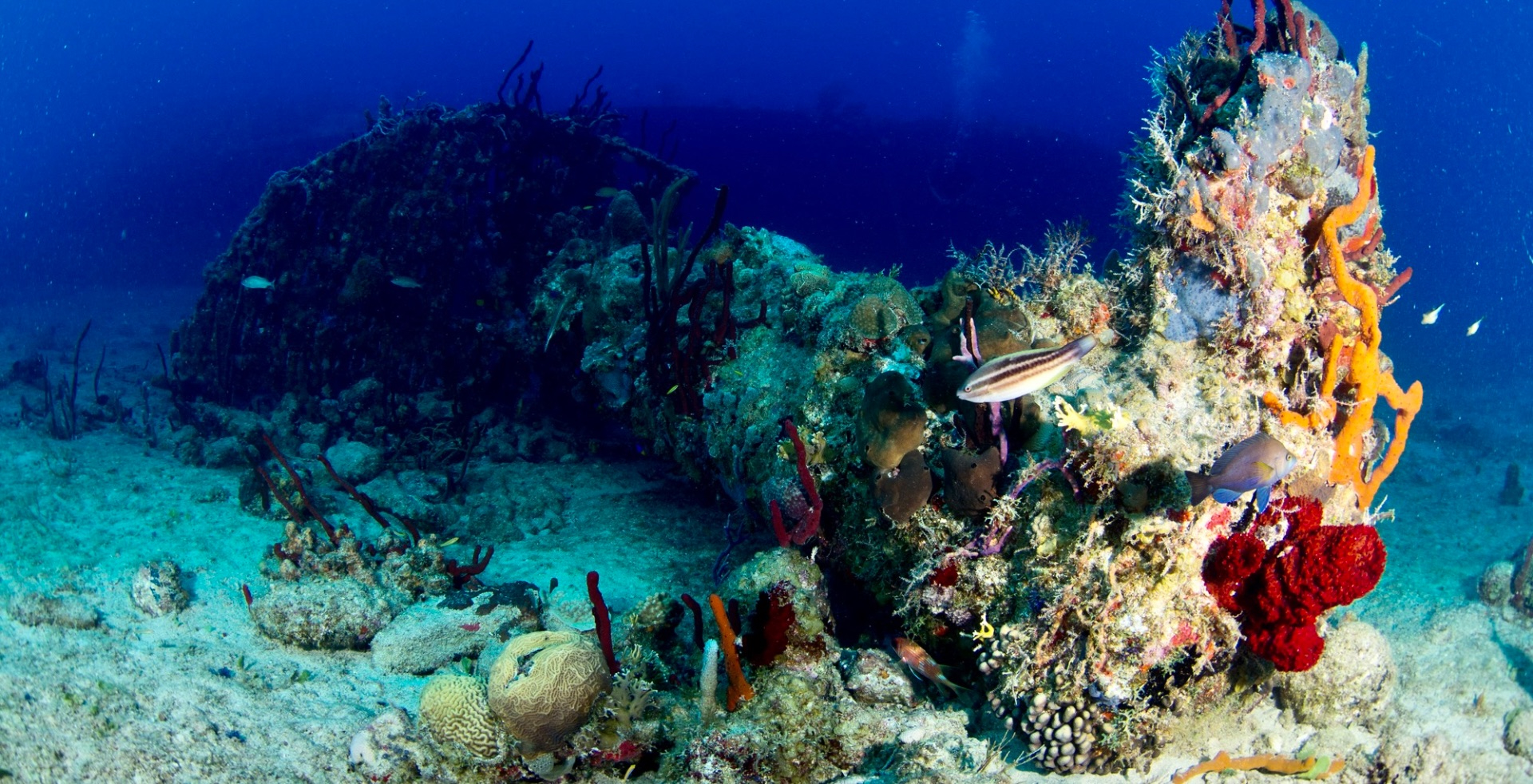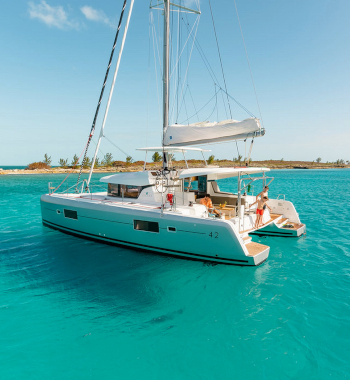The Tragedy of the RMS Rhone, the BVI’s Most Famous Shipwreck
By Claudia Colli
The tragedy of the RMS Rhone, the BVI’s most famous shipwreck has long fascinated divers and history buffs. The ship went down off the coast of Salt Island in 1867, a time when predicting hurricanes was largely guesswork, dependent on reading a barometer or simply reading the sky. Her demise was a matter of ill luck, a product of being in the wrong place at the wrong time. Only 23 of approximately 145 passengers and crew survived the sinking ship.
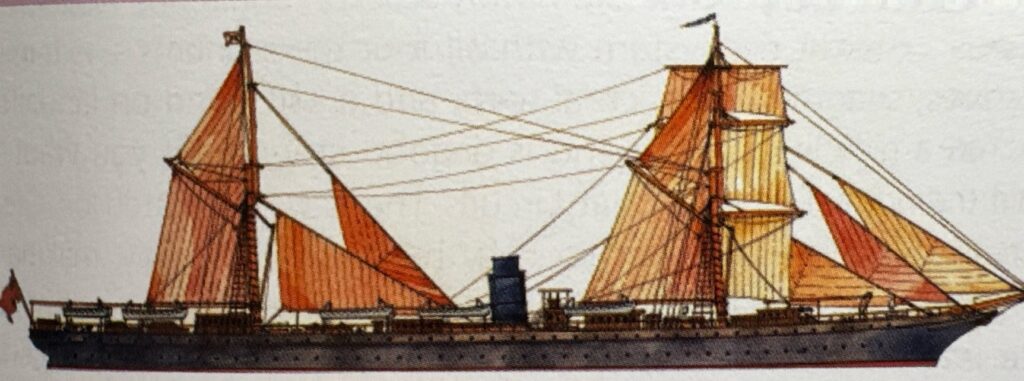
Today the Rhone is a Marine National Park and is the BVI’s most popular dive site. The ship’s coral encrusted remains lie off the western point of Salt Island; its skeleton which teems with fish and sea life is all that is left of one of England’s state of the art steam ships.
Built by the Millwall Iron Works of England in 1865, the Rhone was a sturdily constructed vessel, 310 feet long and weighing 2,738 tons. It had a total of 313 passenger cabins in first second and third class, and was just two years old when it set off on its fateful voyage to the Caribbean.
Her skipper, Captain Wooley had been heading for the bustling Danish port of St. Thomas for coal, water and other supplies, but a yellow fever outbreak on the island forced him to reroute the ship to Peter Island in the British Virgin Islands.
On the morning of 29 October, the ship was peacefully at anchor just outside Great Harbour, Peter Island when the barometer began to fall dramatically. At first Wooley was unconcerned. Believing the hurricane season to be over, the skipper felt that the impending storm must be a ‘norther.’ In fact, the storm was a hurricane that would devastate much of the Virgin Islands.
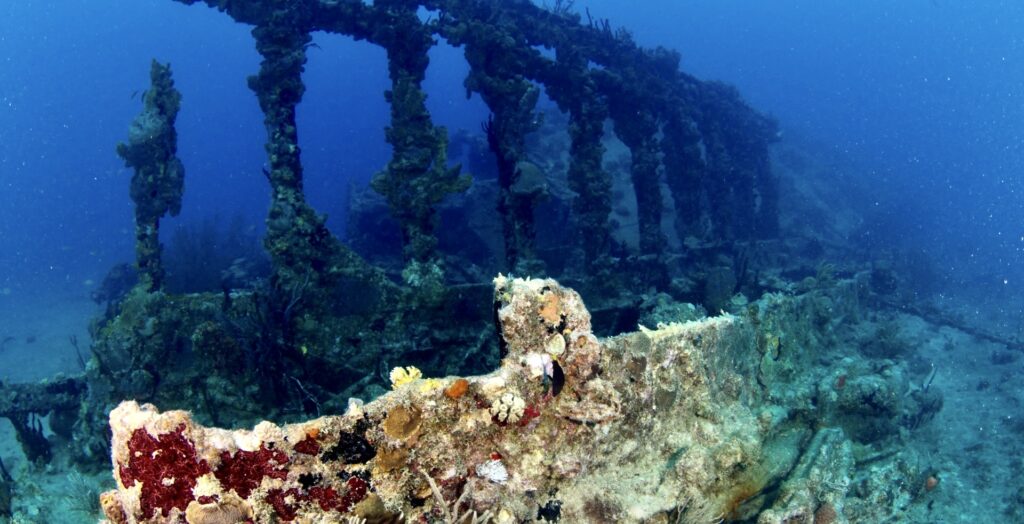
The RMS Conway, a sister ship of the Rhone, which had also been at anchor at Peter Island, left the harbor first, steaming towards the safety of Road Harbour. The Rhone, though, was already in trouble. The anchor chain jammed in the hawse pipe and snapped, causing the anchor to be lost.
In a graphic account written on November 3, 1867, Captain Vesey, who was commissioned by the secretary of the Admiralty at Whitehall to report on the extent of the hurricane’s damage in the islands, described the Rhone’s last hours.
“The Rhone’s steam was up just as the Conway left her,” Vesey wrote, but Captain Wooley hailed that he could not steam against such a breeze. Shortly after, the Rhone began to drag then slipped her cables and endeavored to sea, but when the drift and the rain cleared off, she was next seen on Salt Island. I fear that in the Rhone great loss of life occurred. Just twenty three were saved as far as I can yet learn, namely four men who were found on the fore topsail yard, which is above water, a few got on shore and ten others and the fourth officer were found in the Sound clinging to the lifeboat.”
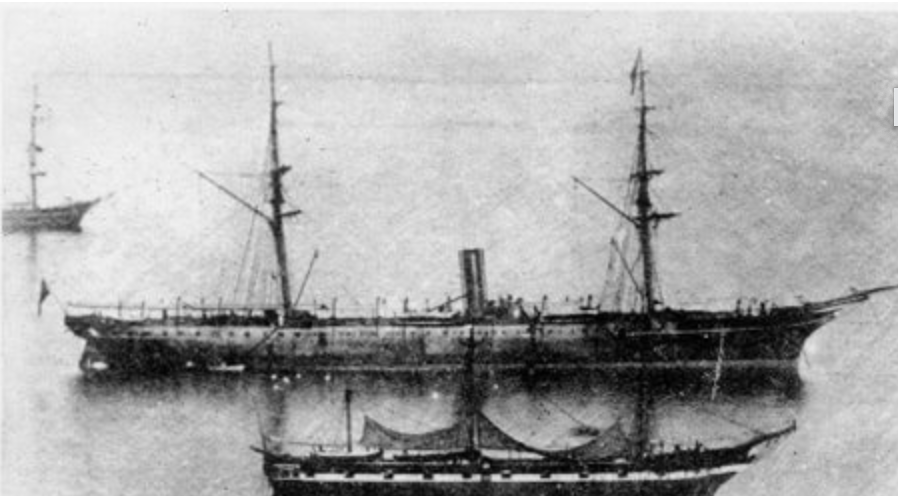
Sailing past Salt Island on the morning of Nov 3, Vesey observed the wreck of the RMS Rhone first hand.
“Her poop rail was close to a large boulder on the west point, but the hull was standing underwater – the foremast was standing, but the vessel herself was broken in two and her head slewed to the north – 50 yards either way would have put her onto a sandy bay.
Captain Wooley had been swept overboard at the height of the storm never to be seen again. The graves of some of the crew were at one time visible on the western point of Salt Island.
Dr. Michael Kent, a marine archeologist and an expert on the history of the Rhone, recently gave a lecture on the Rhone at an Old Government House Museum fund raiser. His engaging and informative talk, brought life to the tale of this ill-fated ship from its construction to its final days. Kent has also authored the comprehensive book on the Rhone, Twice She Struck: The Story of RMS Rhone. The book offers up a fascinating and graphic account of the Rhone from its design and construction in England to its untimely end in the British Virgin Islands.
In one passage, Kent describes the terror of the crew as they were caught in the midst of the storm.
Down below, fireman Henry Buckell remained at his post “until the chief engineer called us up from below, when the ship broke in halves and I went up the skylight.” Buckell recalled, “I saw the sea break right through her side, and when I got on deck I saw the sea come right over her. I saw many persons rushing to the fore companion, and up through the skylight onto the spar deck.
It is easy to see why Kent and other divers are fascinated with the Rhone. The ship lies in 20 to 80 feet of water just off the west coast of Salt Island and is a popular dive for both novice and veteran divers. On a calm day even non-divers can get a glimpse of its skeletal remains by snorkeling over it.
The ship has film and television notoriety as well. It was used for the underwater scenes of the 1977 movie adaptation of the popular Peter Benchley book, “The Deep.” The film which starred Nick Nolte and Jacqueline Bisset was a box office hit and cemented the Rhone’s place as a famed dive site.
The National Geographic Channel also filmed an episode for their series, Is It Real. Ghosts of the Rhone, which highlighted the passengers and crew of the Rhone in their final hours.
For divers today, it is both eerie and fascinating to swim through the Rhone’s skeleton. This ship that was once a vibrant seagoing packet, is now, a premier habitat for marine life and one of the world’s leading dive sites.
(Home page photograph: The mast of the Rhone lying on the ocean floor)
To purchase Twice She Struck, The Story of the RMS Rhone go to:
For more about the history of the BVI go to:

